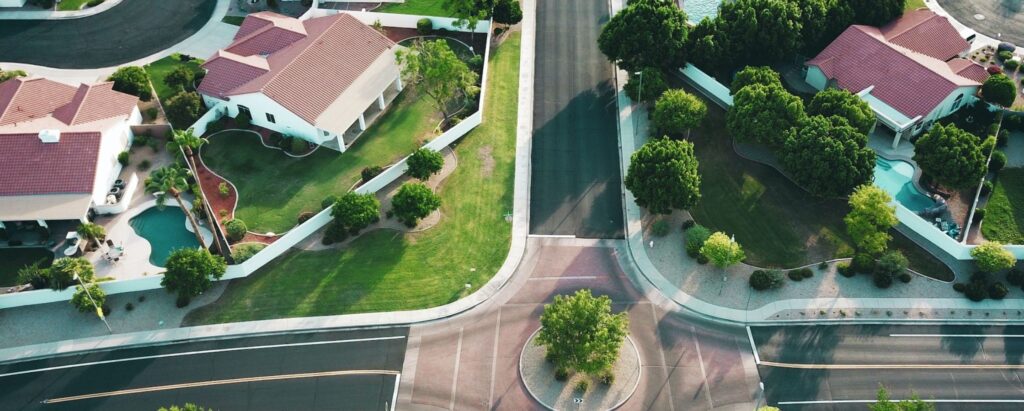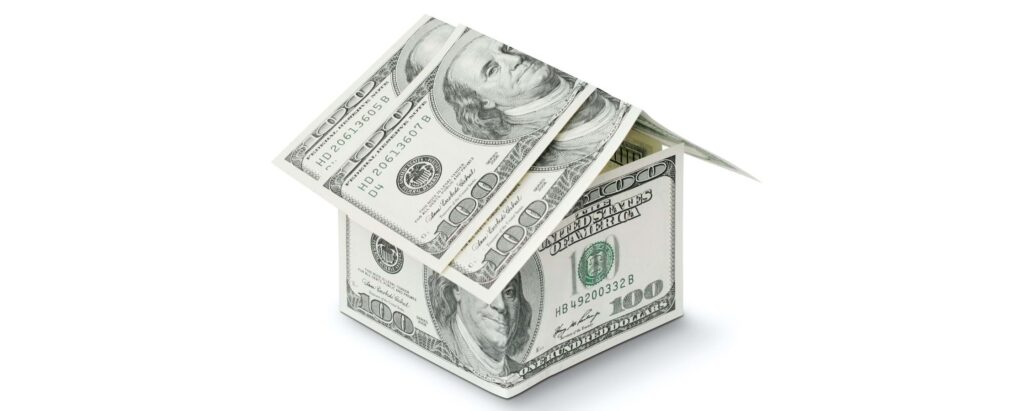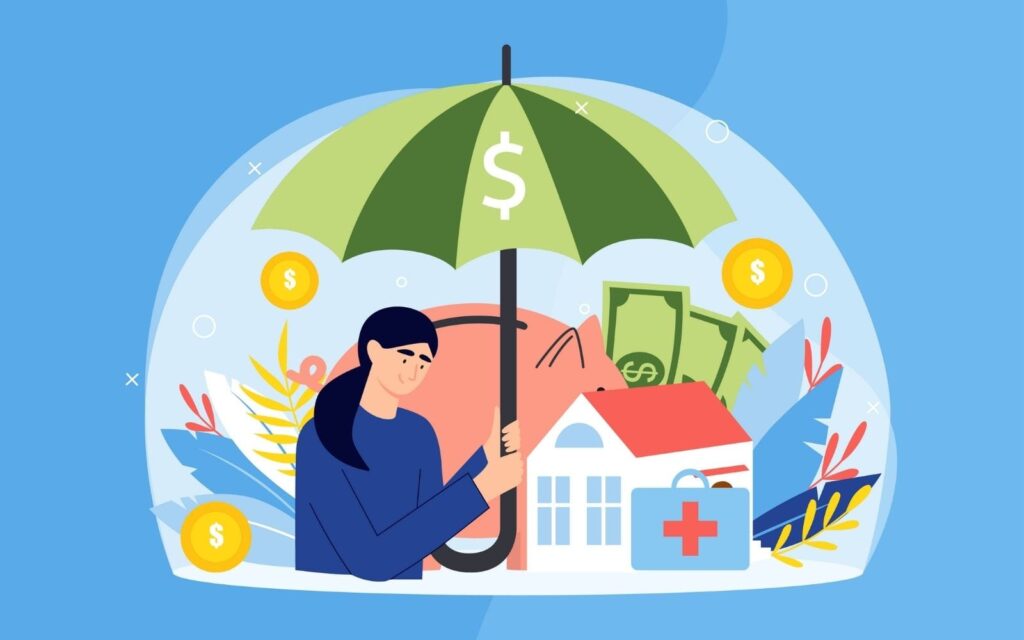Disclosure: This post may contain affiliate links. If you click on a link I may make a small commission at no extra cost to you. You can read the full disclosure here.
Last Updated on April 23, 2023 by Chris Panteli
Buy Cash Flow
If you have some money to invest in a business, choosing to buy a cash-flow-producing asset can be one of the best choices for securing your future.
Sir Richard Branson once said, “Never take your eyes off the cash flow because it’s the lifeblood of business.” And he is totally right.
Whether you’re investing in real estate or buying a laundromat, it’s essential you have a positive cash flow.
In this guide, we’ll show you the ins and outs of cash-flow investing and how you can buy cash-flow properties to boost your capital.
Ever wondered how much money you can make with a 3D printer? You’ll be surprised at how lucrative they can be. Head to our next money-making guide to find out more.
- Buy Cash Flow
- What is Cash-Flow Investing?
- What are Cash Flow Properties?
- What Are Cash Flow Notes?
- Why is Cash Flow Important
- How to Calculate Cash Flow When Buying an Investment Property
- How to Find Cash-Flowing Properties to Invest In
- Avoiding Negative Cash Flow
- How to Increase Property Cash Flow
- Is Cash Flow Investing Right for You?
- Buy Cash Flow
What is Cash-Flow Investing?

Cash-flow investing involves buying all or a portion of an asset that pays out regular cash distributions, whether that’s monthly, quarterly, or annually.
The most common type of cash-flow investing is real estate. This version involves buying a property that you lease out to generate income.
For example, if you buy a multi-family apartment building with 50 units and rent out each one for $1500 a month (with an average expense ratio of 40%), you’ll generate a net income of $45,000.
Real estate is just one type of cash-flow investment, but other assets that produce cash flow include:
- Dividend-paying stocks
- Bonds or bond funds
- Mortgage fund
- Physical assets (e.g., investing in ATM machines or a laundromat)
What are Cash Flow Properties?
A cash flow property is any property you buy with the intention of making money on it. There are two main ways investors make money by buying property:
- The cash flow left over from tenants paying rent (after mortgage payments and any maintenance payments are made).
- Appreciation in market value over the long term
Larger properties tend to be best for short-term cash flow, such as apartment buildings or commercial properties. However, some investors also build up a portfolio of several private properties.
Did you know that you can make serious money with digital real estate? Click here to find out how.
What Are Cash Flow Notes?
A cash flow note is an IOU or proof of debt. When a person or business borrows money from another person or business, the cash flow note provides proof of what is owed and to whom.
How can you buy notes? Investors can buy cash flow notes and earn money off the interest made from the repayments of the borrower.
When you buy a cash flow note, you become the lender, and the borrower makes payments to you, plus interest. There are different types of cash flow notes, including notes on businesses and real estate.
There is risk involved in investing in cash flow notes since the borrower may default on the payments, and it’s up to you to chase them up.
Why is Cash Flow Important
Cash flow is important because it’s one of the truly passive income strategies. When it comes to real estate investments specifically, cash flow is used in various investment calculations that can help you secure lines of credit and other investment opportunities.
- Cash on cash return
- Net present value (NPV)
- Internal rate of return (IRR)
- Debt service coverage ratio (DSCR)
Having a high cash flow will positively affect future investments and allow you to plan for the future.
How to Calculate Cash Flow When Buying an Investment Property
A property’s cash flow is calculated by adding all sources of income together and then subtracting all expenses. This will give you your net cash flow generated from the property.
Let’s look at an example of a cash flow statement so you can see how it works:
- Annual rent = $24,000
- Vacancy rate estimate 5% = $1200
- Annual mortgage payment (PITI) = $14,000
- Annual operating expenses & repairs = $2,500
- Projected net cash flow = $6,300
These are just some example figures based on an investment property with a regular rental income. If you decide to rent out your property as a holiday let or invest in a commercial property, you’ll have different expenses to factor in.
How to Find Cash-Flowing Properties to Invest In

It’s important to analyze a cash flow property before making an investment decision. Here is how to find the right properties to invest in.
1. Find the right area
There are a few factors that make real estate perfect for cash flow:
- A diverse local economy that isn’t dependent on one or two major employers.
- Evidence of strong population growth and a healthy job market.
- A higher number of rental properties than owner-occupied households.
- Affordable property prices.
- Sought-after area codes within a wider area.
You won’t find properties that hit all of these criteria. But you should look to check off as many of these factors as possible to make a wise investment.
Prior research into neighborhoods is essential – use online tools such as NeighborhoodScout to check on demographics and property prices.
2. Look at the price-to-rent ratio
Rental properties with high cash flow don’t usually have high appreciation rates. In fact, the average is usually less than 2%.
Don’t let this put you off – cash flow properties give steady streams of cash over the long term, which you can use to save capital for future investments.
The price-to-rent ratio is a good metric for figuring out if a cash flow property is a good investment. Divide the property price by the average rent – a high ratio will mean less cash flow.
3. Do a comparative market analysis (CMA)
A CMA will help you figure out what a fair rental price is, your local competition, and a reasonable price to pay for a potential property.
It’s important to choose comparable properties in the area to conduct an effective market analysis. Comps should be as similar as possible in terms of property size, location, and closing dates.
If you find a property with a significantly higher or lower price point, discard it – this could be an issue with the property or unsure buyers.
Here are some things to look for when doing a CMA:
- Previous sales stats on the property and the tax assessor’s most recent assessment.
- The neighborhood’s amenities – look for any potential issues that could affect the ability to find tenants, such as proximity to shops and schools.
- An analysis of comparable properties.
- The average price per square foot.
4. Itemize income and expenses
Once you’ve found a great potential property to invest in, it’s time to look at the profit and expenses of the property. A profit and loss (P&L) statement will ensure you can get enough cash flow from the investment.
Create individual line items for every income and expense, including:
- Monthly rent
- Late fees
- Application fees
- Landscaping
- Lock changes
- Drain and window cleaning
Be as detailed as possible when recording the money going in and out of the property to get an accurate picture of your cash flow.
5. Set fair market rent rates
It can be tempting to set high rent rates to boost your cash flow, but tenants have access to the same online tools as you – they can tell when rates aren’t fair.
Use other properties as a guide to set your rental rates. Having a fair price is also a good way to accurately forecast what you can expect to get in the future.
Another positive of fair rent rates is long-term tenants. If your rent is higher than other properties in the area, you’ll see a lot of turnover in tenants, which will cost you more in the long run.
6. Find good tenants
Having a vacant rental property is a massive drain on cash flow. The most successful cash-flow investors know the importance of finding good tenants and keeping them happy.
Make sure you have a property manager that visits the property on a regular basis, responds to maintenance issues quickly, and is friendly and professional.
Your goal is to get your leases renewed year after year, even when rates need to be increased in line with inflation.
Avoiding Negative Cash Flow
If you do your research and find the right property, you should have no problem producing cash flow from your investment.
However, there is always the possibility that your property won’t cash flow. Perhaps you get an unforeseen vacancy that drops your income below your expenses, or you are unfortunate to have issues with a tenant paying rent on time.
It’s impossible to totally prevent negative cash flow, but you can avoid it by preparing for the following scenarios:
- Tenants who make late payments or refuse to pay rent.
- Failing to budget for emergency repairs or capital expenditures.
- A vacancy rate that’s higher than forecast.
One easy way to avoid negative cash flow for any reason is to look at your mortgage LTV. If it’s over 75%, it’ll leave too little of a cash flow cushion for the above scenarios.
When doing your research, make emergency plans for what you’ll do if any of the above scenarios occur, and you’ll be more prepared to ride it out.
How to Increase Property Cash Flow

Once you have a property, it’s hard to boost cash flow without raising your rental prices. In order to get the best cash flow, it’s best to put the legwork into research before you invest.
Have a solid business plan
You need a long-term plan in place for a cash-flow property. Will the property still be cash flow positive in five or ten years? Have you done forecasts? The more you can plan in advance, the more you’ll boost your cash flow.
Choose the best neighborhoods
The neighborhood is key when it comes to cash flow investing. Some markets are great for appreciation, while others are better for cash flow. Don’t make the mistake of buying a property in an area with no market for rentals.
This is incredibly niche – one area code might be filled with cash cow rentals, while in the next area code, you could barely break even.
Minimize operating expenses
It’s essential that your tenants have a well-maintained home to live in, and it’s your responsibility to take care of maintenance costs.
However, large investments in upgrades and renovations won’t massively increase your rent – it’s all about the neighborhood. So, don’t waste your money on a brand-new kitchen or modern deck unless absolutely necessary.
Hire the right team
Most cash flow investors don’t live in the area where they invest, so they need a local team to handle the day-to-day operations. You need a leasing agent, real estate broker, and property manager who understands your goals and knows the cash flow market inside and out.
Having an incentive plan that rewards your team as your cash flow grows can be a great way to keep them motivated and interested in your success.
Is Cash Flow Investing Right for You?
We’ve talked a lot about real estate investing in relation to how to buy cash flow, but the same concepts work for any asset that produces regular income.
Real estate can be a tough market because you have the responsibility of being a landlord. But if you don’t like the idea of handling tenants, there are other lucrative cash flow options to think about.
In our next cash flow guide, we’ll show you some of the best income-producing assets you can invest in this year.







